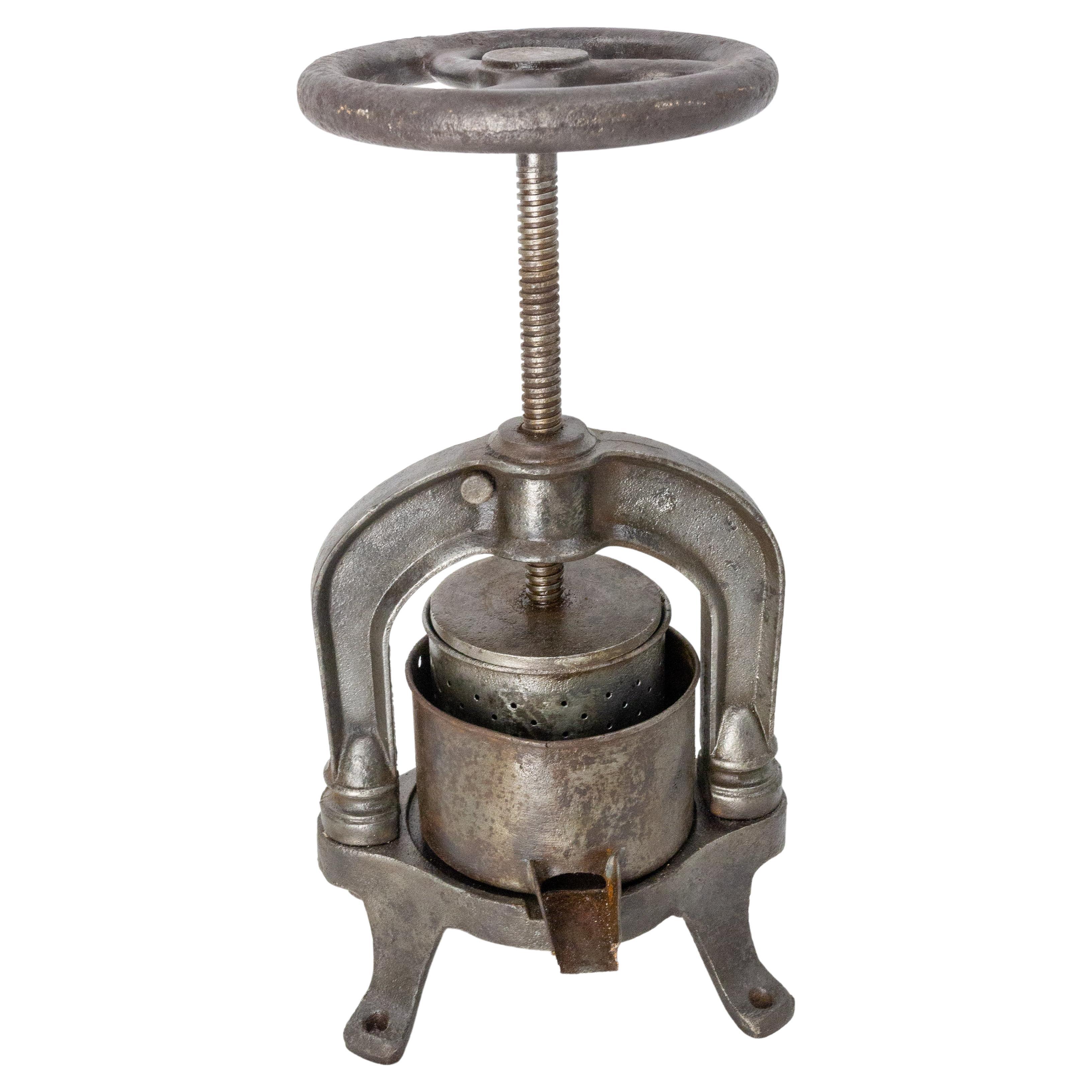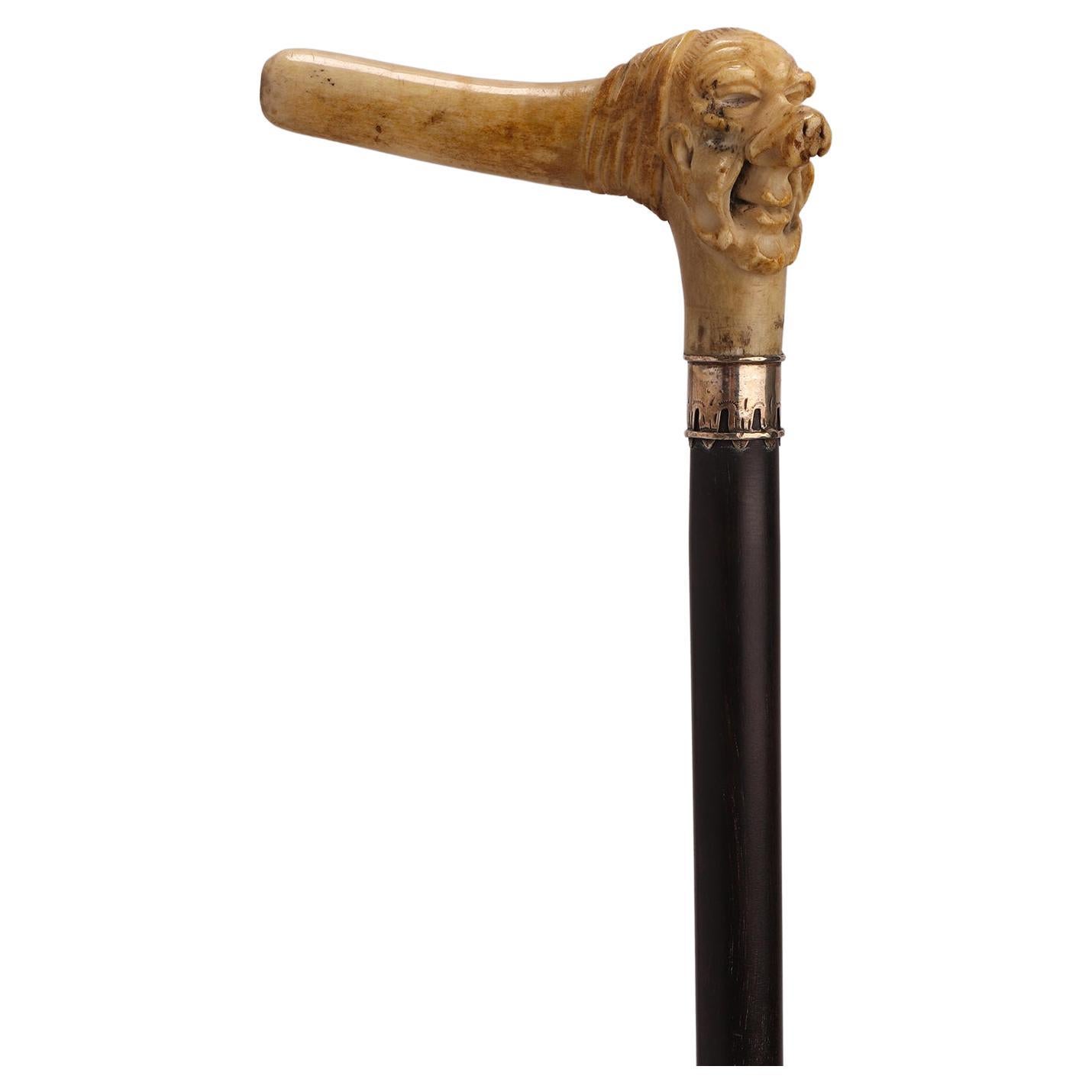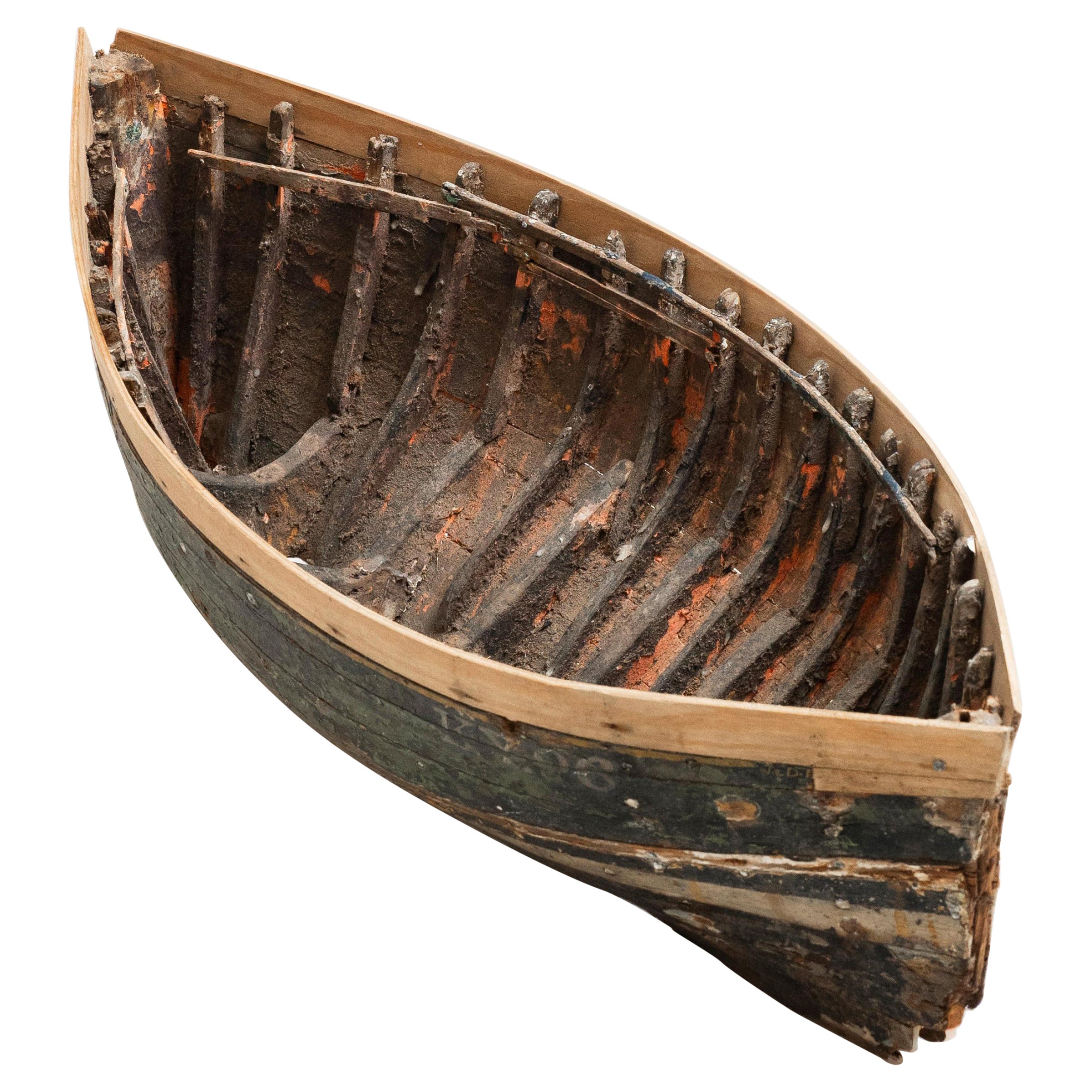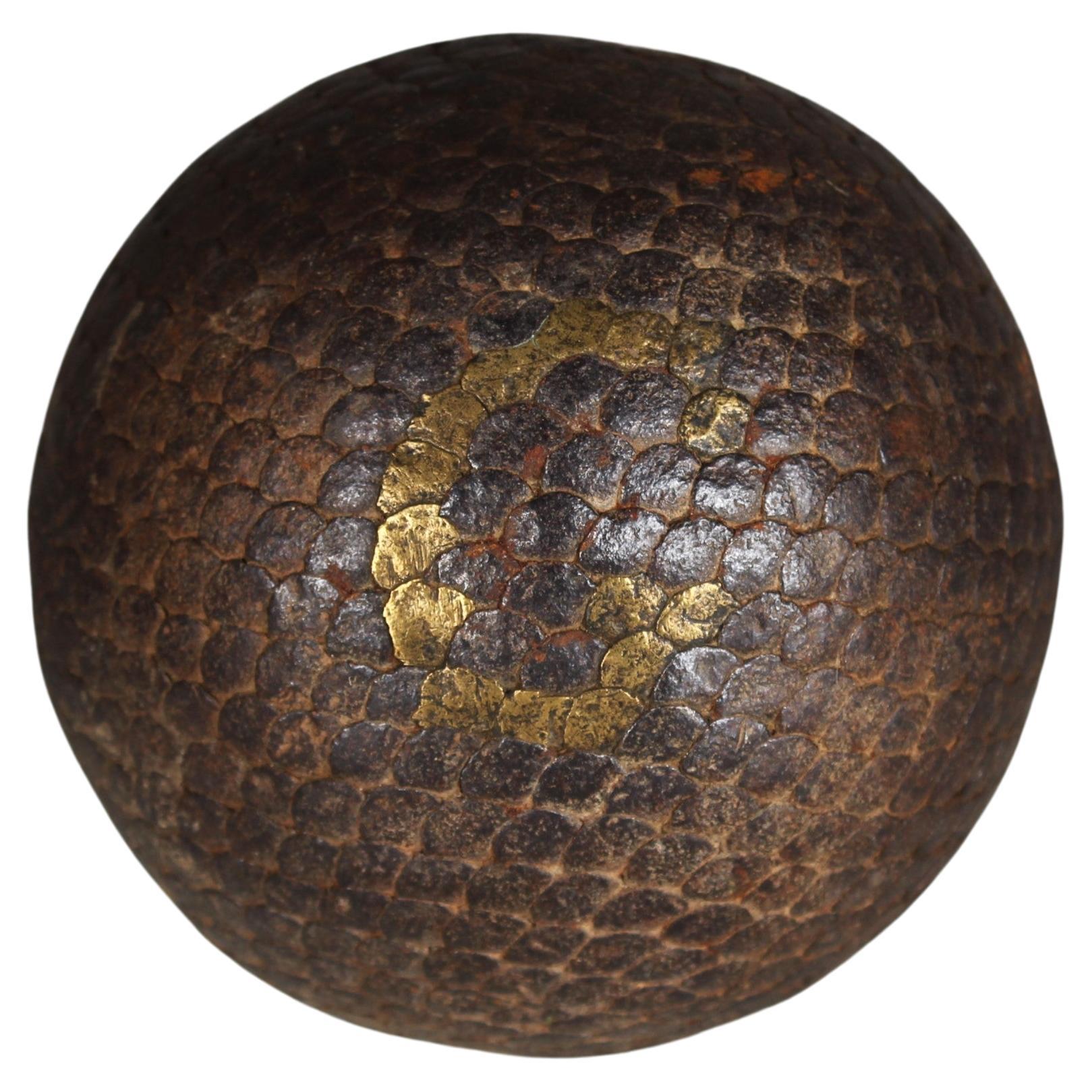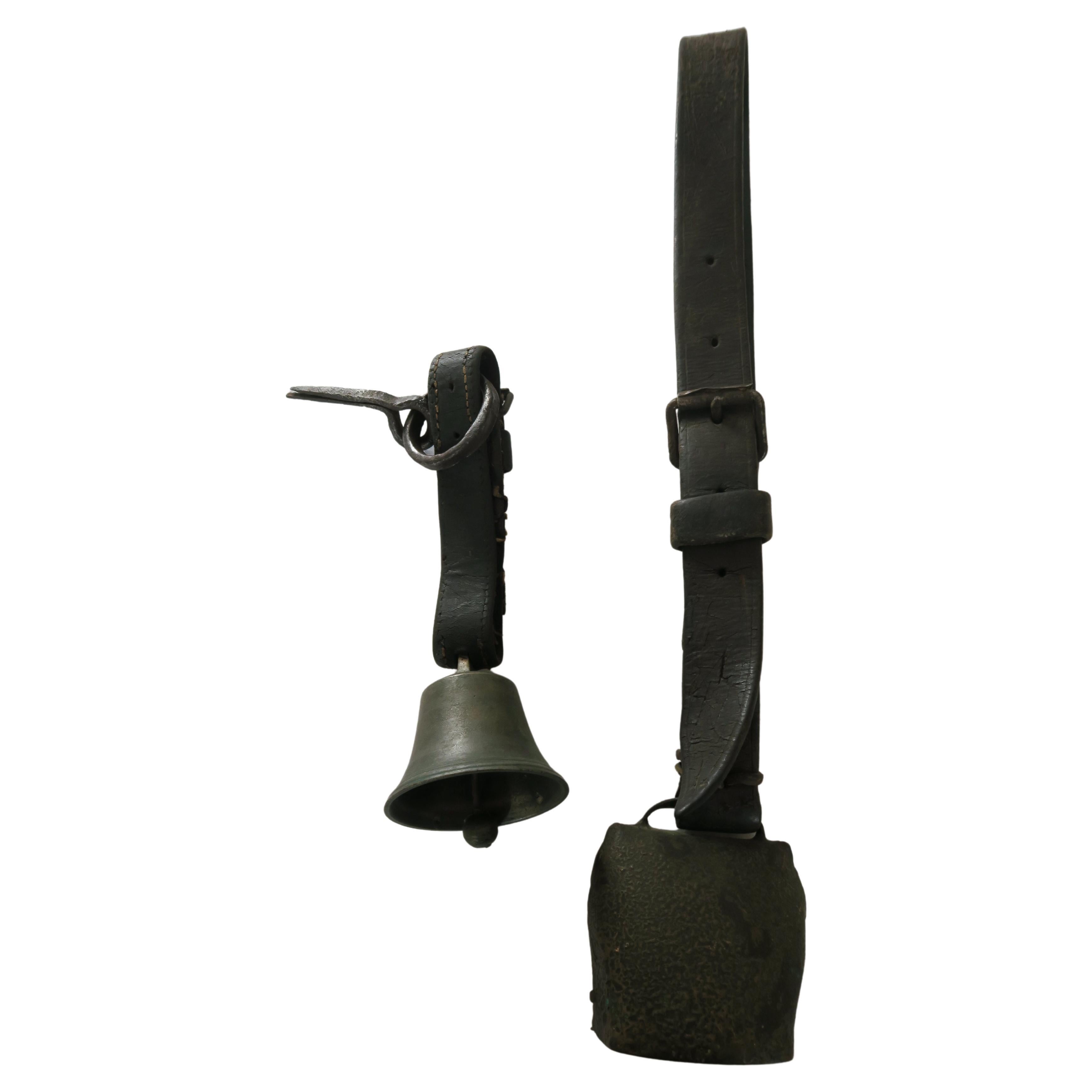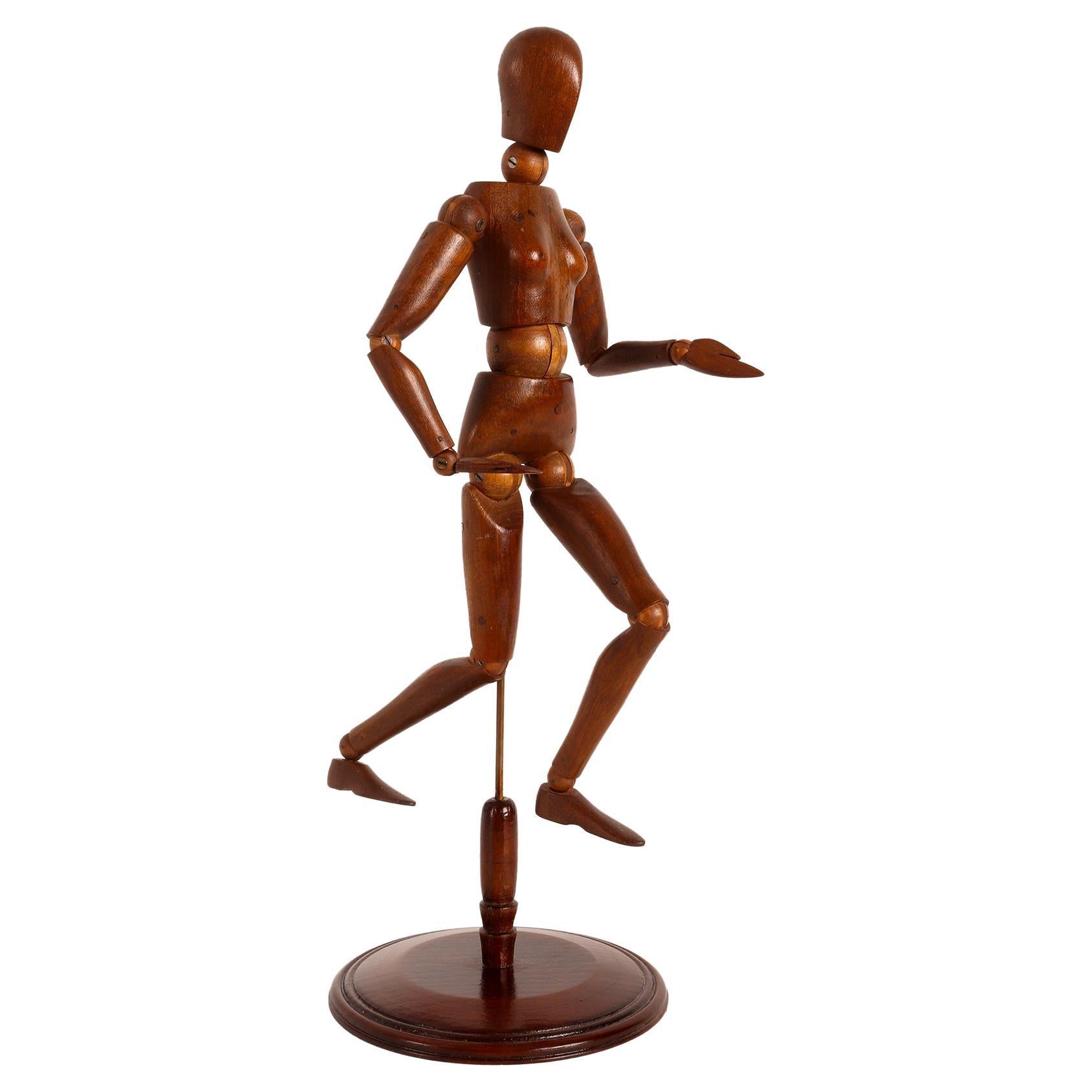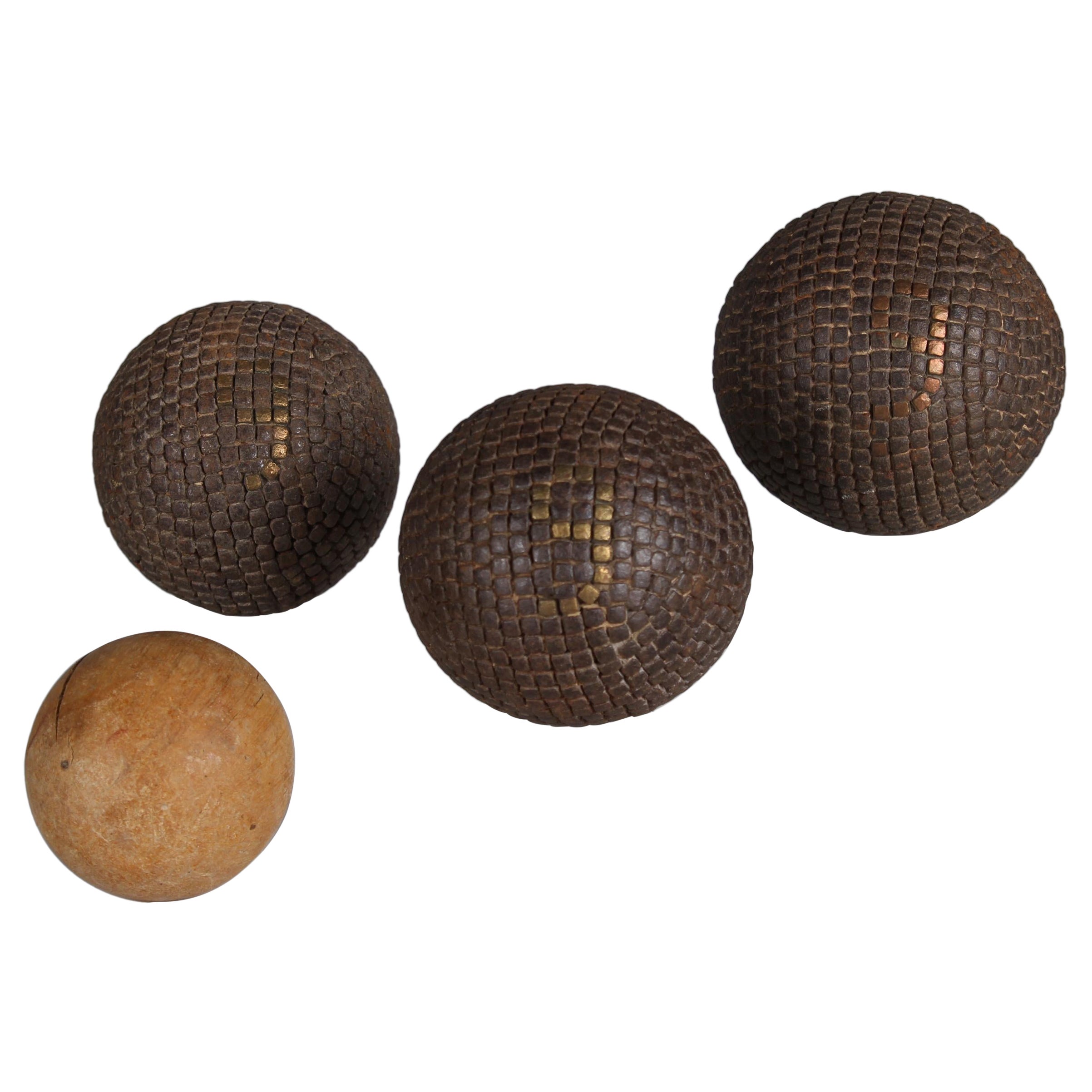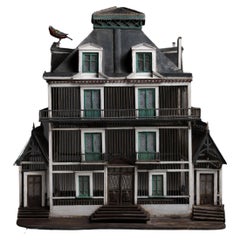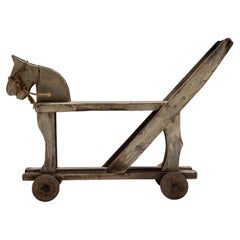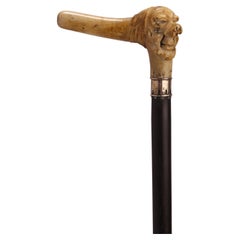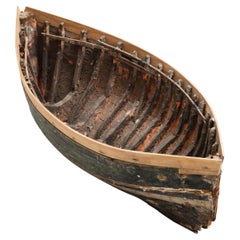
Model Cow, France circa 1880
View Similar Items
Want more images or videos?
Request additional images or videos from the seller
1 of 6
Model Cow, France circa 1880
About the Item
- Dimensions:Height: 10.5 in (26.67 cm)Width: 18 in (45.72 cm)Depth: 4.75 in (12.07 cm)
- Materials and Techniques:Cowhide,Wood
- Place of Origin:
- Period:
- Date of Manufacture:1880
- Condition:
- Seller Location:Culver City, CA
- Reference Number:Seller: O18631stDibs: LU878930236312
About the Seller
4.9
Recognized Seller
These prestigious sellers are industry leaders and represent the highest echelon for item quality and design.
Platinum Seller
These expertly vetted sellers are 1stDibs' most experienced sellers and are rated highest by our customers.
Established in 1999
1stDibs seller since 2009
915 sales on 1stDibs
Typical response time: 1 hour
More From This SellerView All
- 4 Story Bird Cage, France, circa 1860Located in Culver City, CA4 Story Bird Cage France, circa 1860 Incredible birdcage with glass windows, door, balconies and porticoes. Measures 31.5”w x 22.5”d x 36”hCategory
Antique 1860s French Antiquities
MaterialsMetal
- Toy Hobby Horse on Wheels, England, Circa 1910Located in Culver City, CAToy hobby horse on wheels England Circa 1910 Measures: 8.5” W x 25.5” D x 18” H x 11” seat.Category
20th Century English Antiquities
MaterialsWood
$250 Sale Price72% Off - Carved Pine Artist Model, France, circa 1880Located in Culver City, CACarved Pine artist model, France, circa 1860 Delicately carved from pine wood with unique features and wonderful patina. Mreasures: 25.5" tall.Category
Antique 19th Century French Figurative Sculptures
MaterialsPine
$4,800 Sale Price36% Off - Pine Artist Model, circa 1880Located in Culver City, CAPine artist model, circa 1880 Delicately carved from pine wood with unique features and original patina.Category
Antique 1880s French Sculptures and Carvings
MaterialsPine
$2,500 Sale Price54% Off - Primitive Oak Chair, France, circa 1880Located in Culver City, CAPrimitive oak chair France circa 1880 Measures: 18.5” L x 17” D x 30.75h” H x 16”seat.Category
Antique 19th Century French Chairs
MaterialsOak
Sold$2,800 - Pine Artist Model, France, circa 1920Located in Culver City, CAArtist model, 13 inches tall, France, circa 1920. Delicately carved from pine wood with original hand painted features.Category
Vintage 1920s French Figurative Sculptures
MaterialsPine
$900 Sale Price50% Off
You May Also Like
- Antique Artisanal Fruit Press Cast Iron, France, circa 1880Located in Labrit, LandesThis cast iron fruit press was made in the late 19th century in France. It was probably used by the little fruit producers to make olive oil or fruit juic...Category
Antique Late 19th Century French Industrial Antiquities
MaterialsIron
- Horne handle walking stick, France 1880.Located in Milan, ITWalking stick: a carved stag horn handle depicting a caricature of an old man with big nose. Smooth silver ring. Rosewood shaft. France 1880 ca.Category
Antique Late 19th Century French Antiquities
MaterialsSilver
- Skeleton Boat Hull Model circa 1840Located in Arundel, GBRef: JC5205 19th century skeleton boat hull Scotland circa 1840 Measurements: H: 25.5cm (10") W: 32cm (12.6") D: 75cm (29.5")Category
Antique 1840s Scottish Antiquities
MaterialsPine
- Antique Bassinoire, Warming Pan, Copper, France, 1880sLocated in Greven, DEBeautiful copper pan from France, a so-called Bassinoire. The lid can be opened with an external lever. This antique form of a todays hot-water bottle was primarily used in aristocr...Category
Antique 19th Century French Antiquities
MaterialsCopper
- Antique Boule Ball "G", Pétanque, 1880s, France, CraftsmanshipLocated in Greven, DEBeautiful, unique Boule ball, France, late 19th Century. In the 19th century, the manufacture of boules balls underwent significant development in France as the game of boules, particularly the pétanque variant, gained in popularity. The manufacture of boules balls during this period was a manual process that required expertise, precision and love to detail. In the late 19th and early 20th centuries, particularly in rural areas of France and other Mediterranean regions, olive wood was a commonly used source of material for making boules balls. This was not only due to the availability of the material, but also to the outstanding properties of olive wood, which was characterized by hardness, strength and a rich grain. First, the olive wood was carefully selected and shaped into raw balls, which were then sanded to the desired size and shape. The nails were then hammered into the balls one by one, making sure that they were evenly distributed and firmly anchored. Finally, the spheres were polished and coated with a protective varnish to enhance their natural beauty and protect them from the elements. The use of nails to decorate and reinforce olive wood boules was a traditional practice that not only gave the ball a rustic aesthetic, but also improved its durability and contributed to customization. Many balls were made according to the specific requirements and preferences of the players. Nails were driven at regular intervals around the ball, with each nail hole precisely placed so as not to affect the balance and weight distribution of the ball. These nails not only served as a decorative element, but also helped to strengthen the structure of the ball and make it more resistant to the hard knocks and wear and tear during play. Individual engravings or decorations were often applied to the balls to make them unique and identify the player. Antique boules...Category
Antique Late 19th Century French Late Victorian Antiquities
MaterialsMetal
- Antique Boule Ball "G", Pétanque, 1880s, France, CraftsmanshipLocated in Greven, DEBeautiful, unique Boule ball, France, late 19th Century. In the 19th century, the manufacture of boules balls underwent significant development in France as the game of boules, particularly the pétanque variant, gained in popularity. The manufacture of boules balls during this period was a manual process that required expertise, precision and love to detail. In the late 19th and early 20th centuries, particularly in rural areas of France and other Mediterranean regions, olive wood was a commonly used source of material for making boules balls. This was not only due to the availability of the material, but also to the outstanding properties of olive wood, which was characterized by hardness, strength and a rich grain. First, the olive wood was carefully selected and shaped into raw balls, which were then sanded to the desired size and shape. The nails were then hammered into the balls one by one, making sure that they were evenly distributed and firmly anchored. Finally, the spheres were polished and coated with a protective varnish to enhance their natural beauty and protect them from the elements. The use of nails to decorate and reinforce olive wood boules was a traditional practice that not only gave the ball a rustic aesthetic, but also improved its durability and contributed to customization. Many balls were made according to the specific requirements and preferences of the players. Nails were driven at regular intervals around the ball, with each nail hole precisely placed so as not to affect the balance and weight distribution of the ball. These nails not only served as a decorative element, but also helped to strengthen the structure of the ball and make it more resistant to the hard knocks and wear and tear during play. Individual engravings or decorations were often applied to the balls to make them unique and identify the player. Antique boules...Category
Antique Late 19th Century French Late Victorian Antiquities
MaterialsMetal
